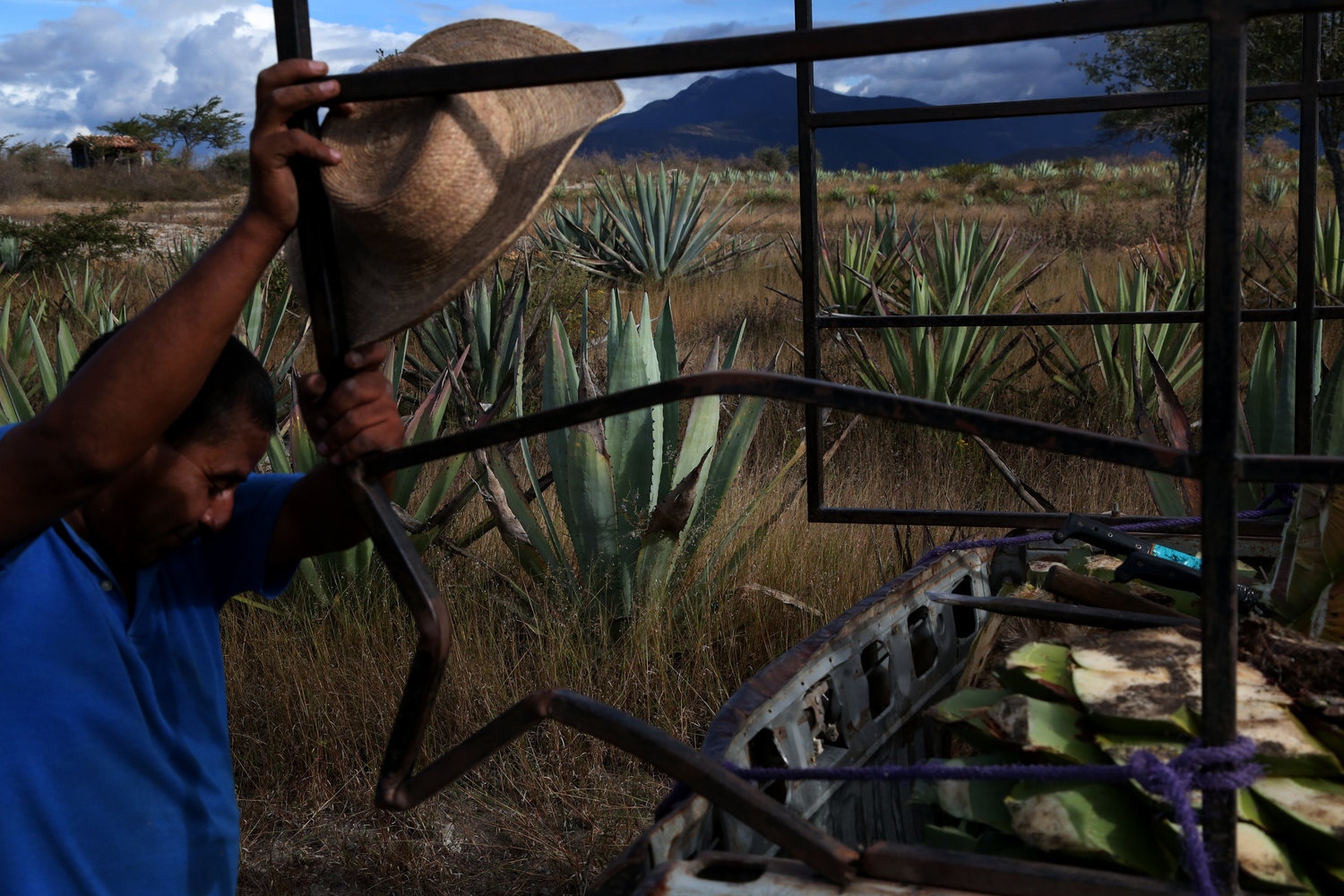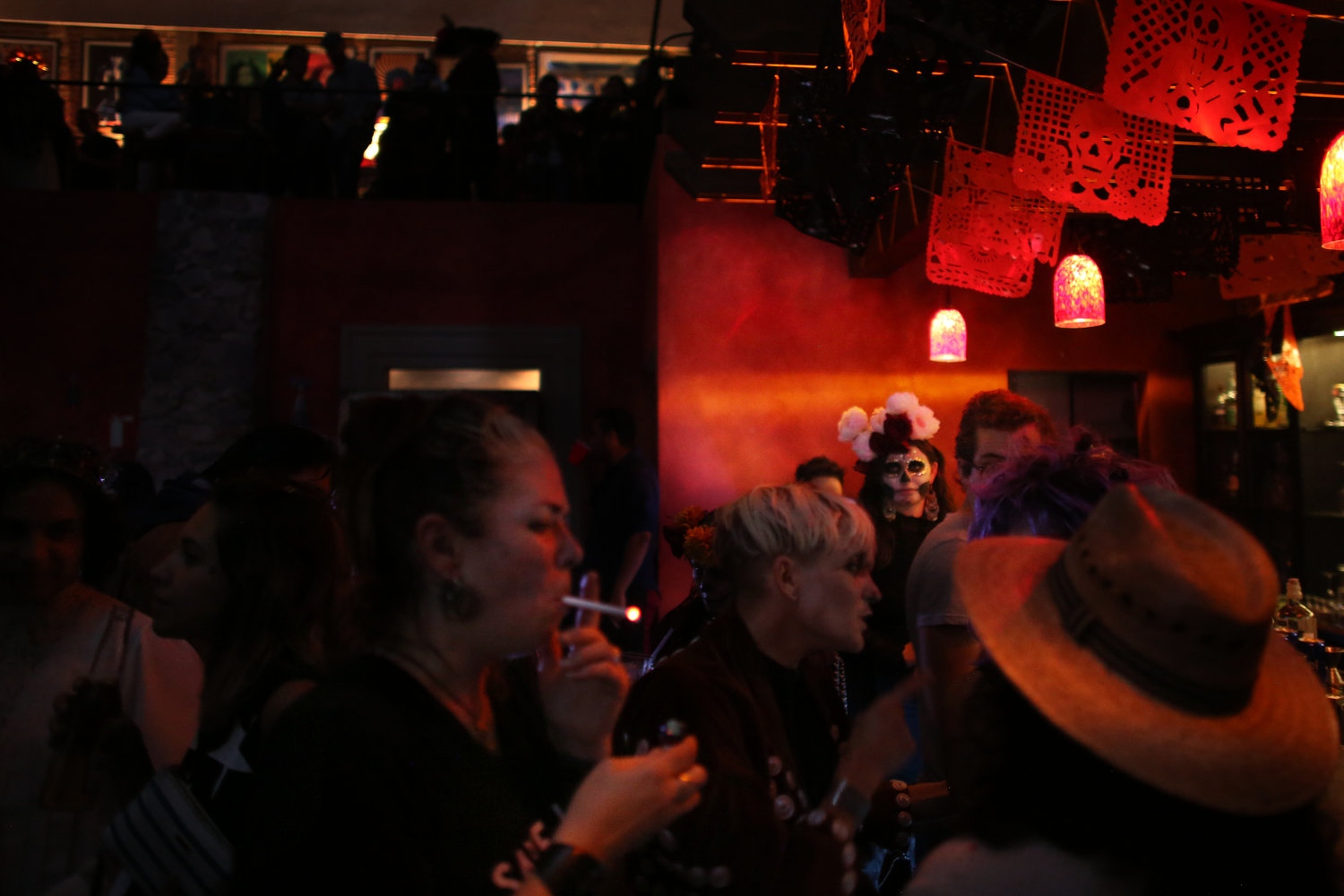Public Story
Chasing Spirits in Old Mexico
“They say that people in America like mezcal a lot,” says Fortunato Angeles, leaning on a wooden tank of fermenting agave. “I like the work because it puts food on the table.” Four generations of his ancestors have distilled the smoky spirit from ripe maguey, or agave, toiling under the Oaxacan sun in southern Mexico to provide the fuel for festivals and family celebrations in the village of San Juan del Rio.
But there’s a growing interest in Angeles’ product. The global economy has suddenly started showing up at the doorstep of tiny San Juan del Rio. Mezcal has landed on hip cocktail lists and mezcal-focused bars across the United States, putting international price tags up to $70 or more per bottle on what was traditionally a village drink sold in recycled Coke bottles for about five bucks. The market is still small. Only 2.4 million liters of mezcal were produced in 2015 compared with tequila’s 228.5 million liters. But mezcal production has more than doubled since 2011, drawing the attention of big brands.
Thirst for the drink is pushing well-funded entrepreneurs to work with subsistence farmers, offering incredible opportunity for some of Mexico’s poorest regions but putting their traditions in the path of the global market machine. Right now, the industry has the potential to build a sustainable future that supports all of the links in the chain. But the process could easily be coopted by big brands dominating undercapitalized traditional producers.
I drove through Oaxaca in 2016 to document the impact of the new market on traditional producers, like Fortunato, and on the surrounding ecology.


























